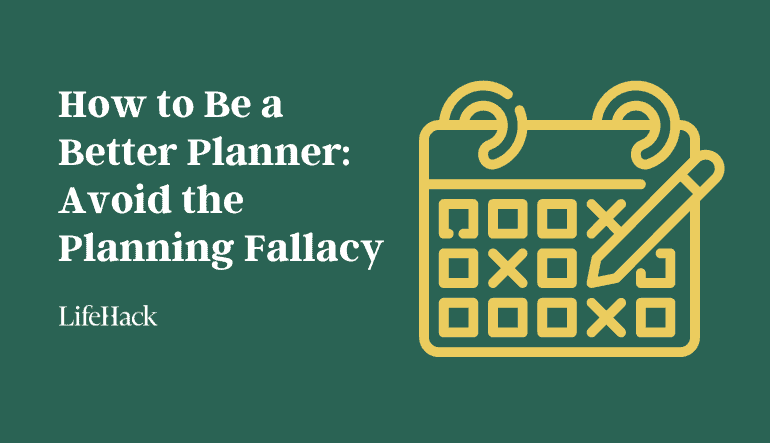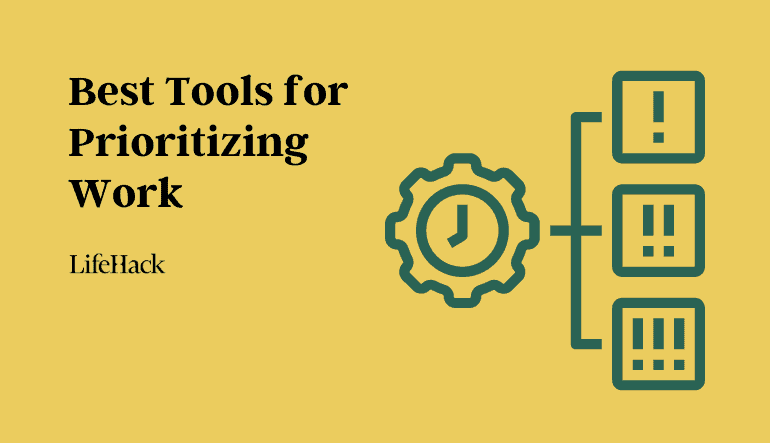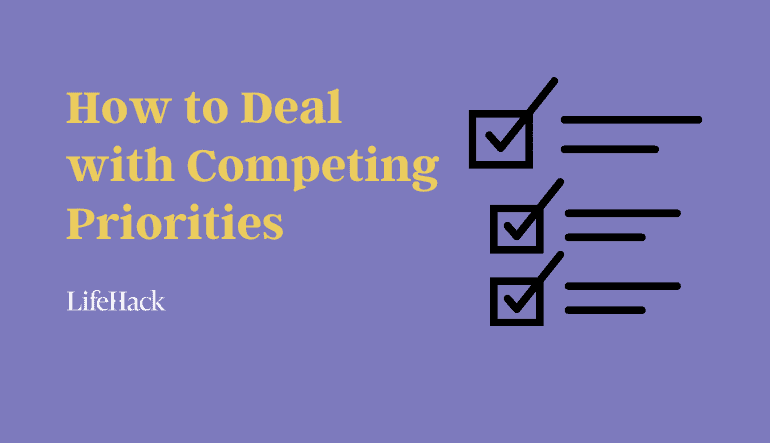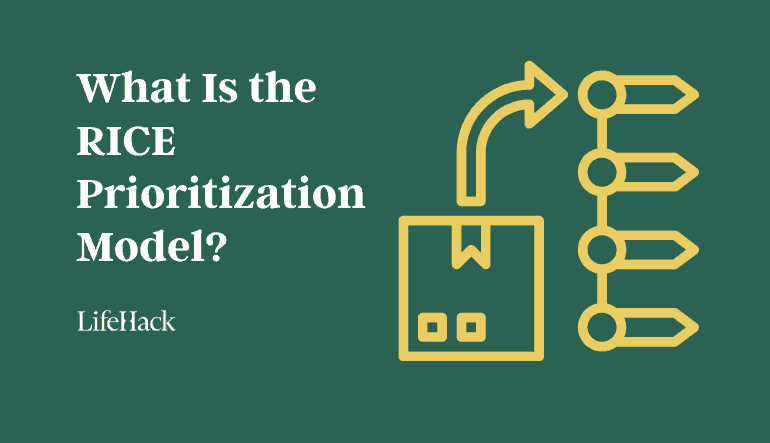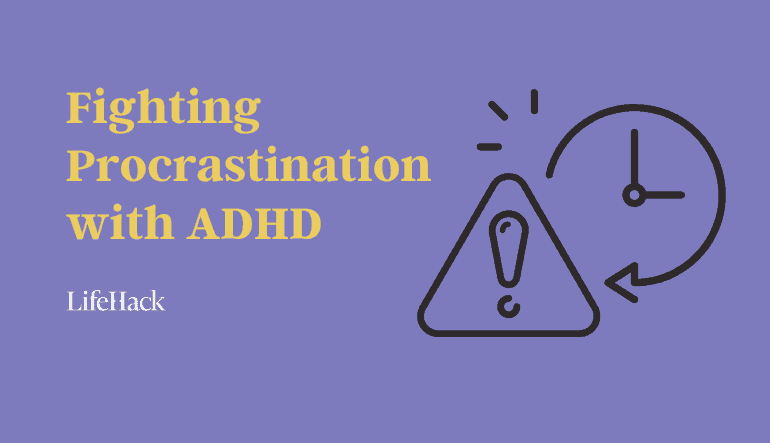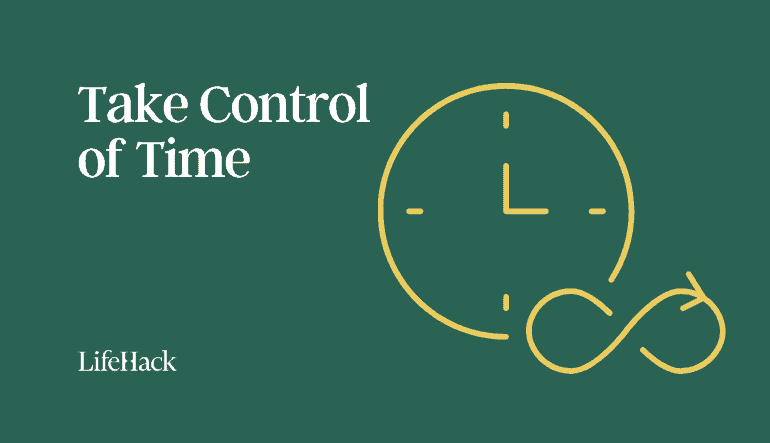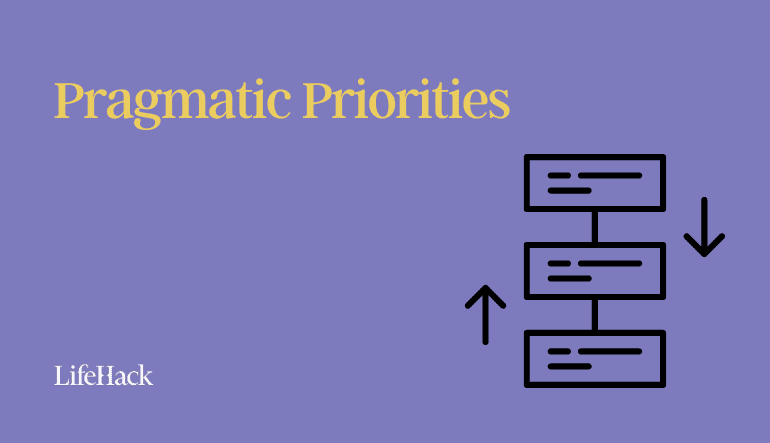There are different types of goals that you can set in your quest to become successful in life. However, when it comes to taking a leap, changing status, identifying opportunities, maximizing possibilities, and surmounting obstacles, strategic goals can take care of everything and help you get to where you want to go.
Strategic goals produce strategic results, and these include attaining positive change and repositioning of your life and status, gaining competitive advantage, achieving optimum performance, and living a balanced life.
In this article, I will share some insight into the thought process that leads to setting strategic goals, and how you can develop and make use of strategic goals to boost the key areas of your life. You will also find specific examples of strategic goals for your personal development.
Table of Contents
What Are Strategic Goals?
Strategic goals are specific objectives and results that you, as an individual, aim to achieve over a period of time, usually three to five years[1]. They are long-term goals and often emerge when you engage strategic thinking or undertake a strategic planning process.
Perhaps, what differentiates setting strategic goals from other types of goals is that they are based on strategic responses to some identified opportunities or challenges. When you want to make a new move or make major changes in your life, what you need are strategic goals.
Why Are Strategic Goals Important?
Strategic goals play a major role in keeping you on track. Since these are long-term goals, you always have a vision in mind. Everything you do in life, the final picture is always clear. So, if anything seems to be disconnecting you from this aim, you know you’re going the wrong way.
As Pablo Picasso said, ‘Our goals can only be reached through the vehicle of a plan. There is no other route to success.’
What better way to plan this way to success other than strategic goals?
A sense of direction keeps you focused. With focus, you are more productive. Hence, your effective approach to life leads you to guaranteed success.
This focus also allows those around you to contribute in a useful way.
For example, if you’re a team manager, you can clearly communicate the expectation that your team has to fulfill. Similarly, your friends and family can push you in the right direction with their moral support.
Strategic goals are about small measurable goals that add up to fulfill your big vision. Each measurable goal gives you a time limit and benchmark. At no point in life will you ever feel lost. Strategic goals will always have you working on something worthwhile. You will also be aware of whether you are succeeding or failing in life.
Setting strategic goals and following them is the best way for you to get the maximum worth out of your time, which ultimately leads you to success.
Different Types Of Strategic Goals
Before you get on with planning your strategic goals, you must understand the anatomy as well as the different types of these goals. Of course, each type serves a different purpose and so, you should opt for the correct category for the right results.
A strategic goal starts with a label. This describes the ‘what’ of the goal. The label is simply whatever your ultimate aim is.
Next, you need a strong verb to describe this label. It is an action word aimed at a strong push. These verbs should be assertive. Avoid the use of passive verbs here.
The last part of the goal is the ‘how’. This answers the intent of the goal along with the impact of the action. You can add a couple of sentences to this statement of impact. Be clear, descriptive, and open so that you and everyone else who is involved works on the same page.
What Are Hard Strategic Goals?
Hard strategic goals, simply put, are measurable strategic goals. They have a set time and aim. There is no ambiguity in terms of ‘when’ and ‘how much.’
For example, your goal is to increase your customer satisfaction. To make it a hard strategic goal, you’ll add a deadline and a measurable amount to track your progress. So, the hard goal version will be to increase customer satisfaction by 20% within the next 6 months.
What Are Soft Strategic Goals?
Soft goals have all the components of a strategic goal but they’re not measurable. A soft strategic goal must have a label, verb, and intent statement. However, there is no measurable aspect.
How to Plan for Strategic Goals
In the strategic planning process, the environmental scan and SWOT analysis are two important tools you can utilize in your evaluation. Although these tools are primarily used in business strategy, they can be applied to your personal situation as well and will be very helpful to you in setting your strategic goals for success.
Environmental Scan
Environmental scanning is an ongoing tracking of trends and occurrences in an organization’s internal and external environment that bear on its success, currently and in the future.
The results of this scanning are said to be extremely useful in shaping goals and strategies.
As an individual, internal and external situations affect your success and future, as well, and you need to track them to be successful. Your internal factors include your strengths and weakness. You have control over these two, and you can utilize, manage, or improve on them for your own success.
Brian Tracy highlighted 9 factors that can influence your personal success; they include education, skill, contacts, money, good work habits, positive mental attitude, positive image, creativity, and character.[2]
Other factors that can affect your success also include market share and trends, economic outlook of the country you live in, government policies, advancement in technology, family situation, social influence, etc.
You need to study these factors and review how they impact your success and progress positively or negatively.
Personal SWOT Analysis
The SWOT acronym stands for Strengths, Weaknesses, Opportunities, and Threats[3].
Maximizing your talents and opportunities and managing your weaknesses and threats can boost your success rate in life. The personal SWOT analysis will help in ordering your thinking and give you different perspectives about your life. It will also help you to identify areas where you need development.
How to Set Strategic Goals
When you have identified the areas mentioned in the previous section, you will then be able to set strategic goals and objectives towards making the needed changes.
Identify Strategic Issues for Strategic Goals
Strategic issues are issues that can contribute to your success or failure, or are capable of affecting a needed change in your life. When you carry out an environmental scan and SWOT analysis, you will be able to identify strategic issues and goals towards the end of the process.
These issues and goals usually come from strengths to be built on, weaknesses to be strengthened, opportunities to be taken, and threats to be avoided.[4]
Clarify Strategic Priorities to Set Strategic Goals
From your analysis, there is the likelihood that many issues will come up. Also, you might find that some of the problems are urgent, while some are important. Therefore, to be able to come up with more definite strategic goals, it is better to focus on the important issues.
These important issues will represent your strategic priorities. When you know what your priorities are, you will be able to set your goals based on those priorities and create strategies around them.
Examples Of Strategic Goals
Here are some examples of strategic goals you can get inspiration from. These goals can be easily modified to fit the needs of your organization. You can also adjust them to suit the goals of your personal life. You’ll have to add the intent statements yourself depending on how you plan to fulfill these goals with your resources.
For Personal Development
To illustrate examples of strategic goals for personal development, I will assume that you have taken the environmental scan and SWOT analysis, and you have also been able to identify the issues of importance. These have now become your top strategic priorities, say over the next three to five years.
For example, your strategic priorities for your personal development for the next three to five years can be the following and they can be turned to strategic goals:
- Develop self-confidence
- Boost personal image
- Advance in education
- Acquire more skills
- Achieve work-life balance
1. Develop Self-Confidence
Whatever it is that you do, exuding self-confidence is crucial to your personal success. Having self-confidence can help you perform to your highest potential, as it gives you the energy and confidence to develop an action plan. It will help you influence others as you become attractive and noticeable. It can also earn you a promotion at work.
Furthermore, you’ll be more positive and make better decisions. Other than that, you will be more productive and happier.
The lack of self-confidence can bring apathy. You will be unable to take the necessary action that can lead to your success, thus missing out on great opportunities.
If you have identified a lack of self-confidence, you can set a strategic goal to boost your confidence by reciting daily personal affirmations, reading books on personal development or attempting things that scare you.
2. Boost Personal Image
Like self-confidence, the way you appear to other people says a lot about you and your chances of success. Paying attention to personal grooming, how you look and what you wear, can boost your personal image and open more doors for you.
There are specific ways to dress for success. You can achieve this and still be on a budget.
Besides dressing, you will also need to learn other attributes, like wearing a warm smile when meeting people, giving a firm handshake, practice good posture, etc. All of this will say much about your self-image. When you consciously develop this habit over an extended period of time, it becomes part and parcel of you.
3. Enroll for Professional Masters Degree or Doctorate
There is no end to learning, and education is key to success at any stage in life. No matter how confident you are, there are some opportunities you will never be able to access if you do not have the required academic qualifications.
In your analysis, you might have identified some opportunities in your industry which you have not been able to access as a result of a lack of qualification. It may also be that you sense that some new opportunities are emerging in your industry, and the technical skills are not readily available.
It could be your strategic goal to study in that area so that you can acquire the requirements by the time such an opportunity presents itself.
4. Acquire More Skills, Develop Existing Ones
Skills are one of the most important assets that determine success in life. Skill-gaps limit growth, productivity, and opportunities. If you have identified a skill-gap in your analysis, it’s about time to set strategic goals to acquire or develop those skills.
Some of the skills you’ll probably need most are problem-solving skills, creative thinking skills, management and leadership skills, IT skills, and communication skills. Acquiring and developing any of these skills will require some training, reading, learning, and conscious practice.
5. Achieve Work-Life Balance
One of the markers of a successful life is balance. Attaining work-life balance in this ever busy world definitely requires some strategic planning around time management.
You have to allocate time and resources to every important aspect of your life: work, family, health, social life, spiritual life, etc. and stick to your schedules as much as possible. This can be a long-time strategic goal for the next three to five years, so that you can confidently say that no aspect of your life is suffering as a result of the other.
For Organizations
The following examples are focused on what an organization would want to achieve. They can also be implemented on your small-scale business or just one particular department of a big company that you have authority over.
- Revenue expansion: increase revenue generation by 10% in one year
- Boost employee communication: expand communication channels for employees to voice their opinions
- Go green: reduce waste production and transition to eco-friendly options
- Expand business: produce 5 new products every year
- Improve PR: plan and implement 3 new marketing projects every month for 2 years
Now that you know some examples of strategic goals, check out this video to learn more tips on how to achieve them:
The Bottom Line
Climbing the success ladder in life requires strategies. In order to make strategic moves, you might have to carry out an environmental scan and SWOT analysis to identify your potential and limitations, as well as identify the opportunities around you.
This analysis will open you up to issues in your life that require attention in order to become more successful. You will then be able to set your strategic priorities based on the issues you think are most important to you.
More Goal Setting Tips
- How Setting Personal Goals Makes You a Greater Achiever
- How to Write SMART Goals (With SMART Goals Templates)
- 23 Goals in Life to Achieve for Personal Success
Featured photo credit: Estée Janssens via unsplash.com
Reference
| [1] | ^ | BDC: Strategic Goals |
| [2] | ^ | Brian Tracy: 9 Success Factors For Personal Growth |
| [3] | ^ | The Balance Small Business: How to Conduct a SWOT Analysis for Your Small Business |
| [4] | ^ | Management Help: Basics of Identifying Strategic Issues and Goals |

:max_bytes(150000):strip_icc():format(webp)/swot-analysis-for-small-business-2951706-v02-5b3b809dc9e77c001afe8f7e.png)

